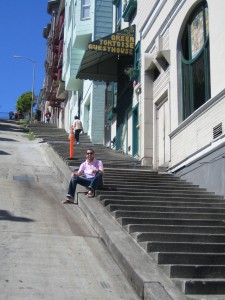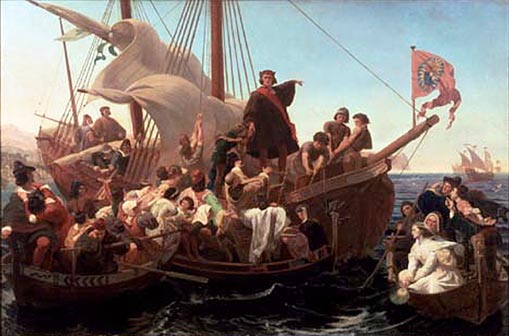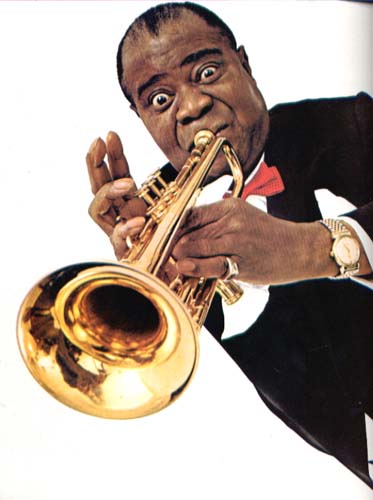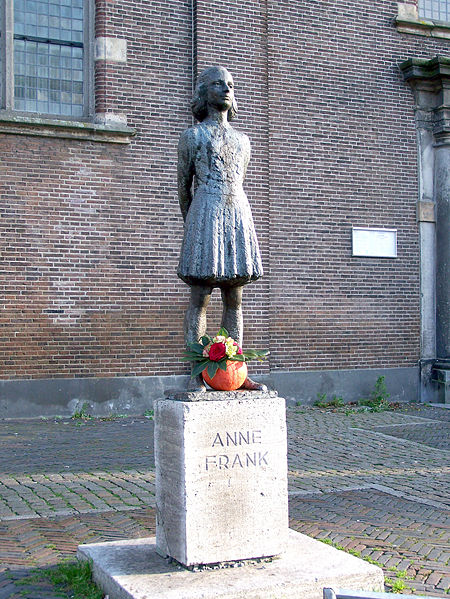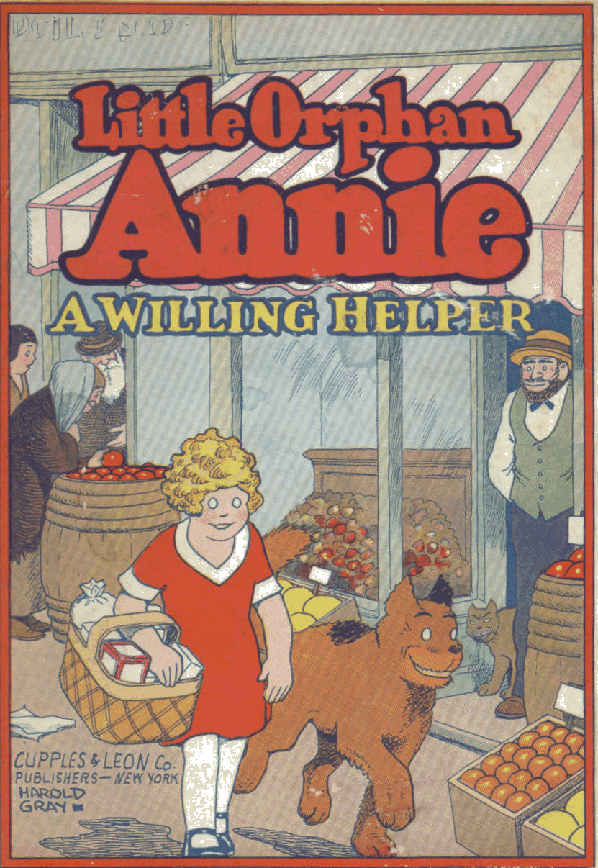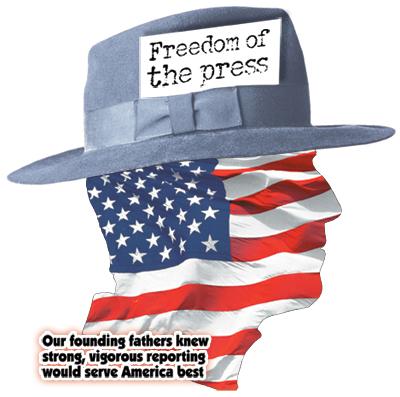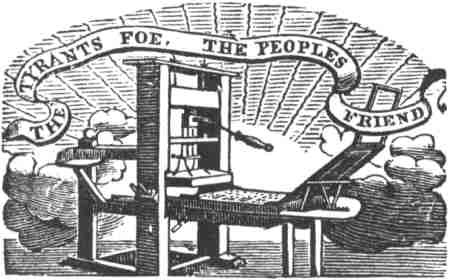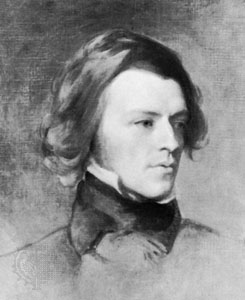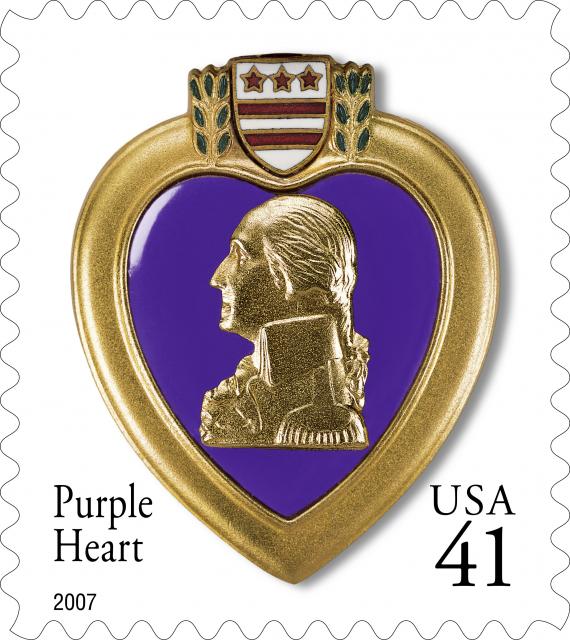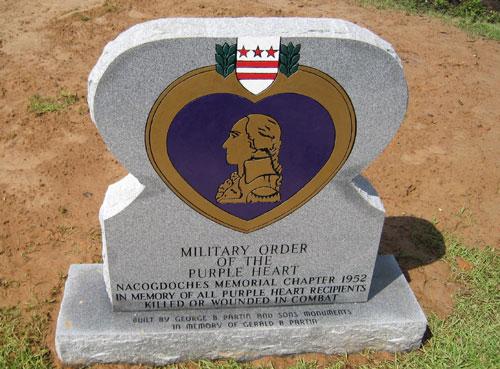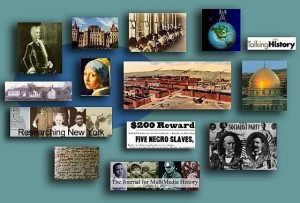August 2
1873: San Francisco Trolleys
The inventor Andrew Hallidie piloted San Francisco’s first cable car down Nob Hill at 5:00 am. He chose this early morning hour for a good reason–there would be fewer people around if anything went wrong. Fortunately nothing did!
So let’s play a game. It starts with the question, How Steep are the streets of San Francisco?
Then you answer the riddle. Here are my contributions:
- The streets of San Francisco are so steep that the fog has to hold on to the roof tops so it doesn’t slide down into the bay.
- The streets of San Francisco are so steep that you need a rappelling harness to walk your dog.
- The streets of San Francisco are so steep that your paperboy can stand at the top of your block and just give your paper a nudge to roll it to your doorstep.
- The streets of San Francisco are so steep that you can make a fortune with a street business of collecting lost and found at the bottom of every hill.
- The streets of San Francisco are so steep that the gyms are going out of business.
What ideas have you come up with? Leave your suggestions in the comments below, or on the contact form here.
So, just how steep are they, really? Here are some photos to help you get an idea:
The streets of San Francisco are so steep that they have stairs instead of sidewalks.
The streets of San Francisco are so steep that you can catch an escalator to the top.
The streets of San Francisco are so steep that, if you hold your camera just right, they put the Leaning Tower of Pisa to shame!
Resources:
- History
- Cable Car Maze
- Have you ever been to San Francisco?
- Check out the Virtual Museum of the City of San Francisco (it has a drop down menu of online exhibits from the 1906 earthquake to the Gold Rush and more!)
I spent my early childhood in the San Francisco bay area, and I think it is one of the most fascinating and unique cities in the world. You can take your day’s projects and discussions in so many directions (from history, science, hands-on projects, marine biology, the physics of trolleys and bridges, prisons and historical warships, etc.) with an online tour of San Francisco. Here are some of its features:
- Fisherman’s Wharf
- Aquarium of the Bay (very cool intro, amazing site; see their educational printables here)
- The Exploratorium-museum of science, art and human perception)
- California Academy of Sciences
- Alcatraz Island
- The Golden Gate Bridge
This Week in History exposes your child to new ideas and areas of learning.
August 3
1492: Christopher Columbus sets sail from Spain
Resources:
- Word Search
- Crossword Puzzle
- Word Scramble
- Study Sheet
- Work Sheet
- Test your knowledge!
- Coloring Page
Ideas for Writing or Discussion:
- There have been many explorers highlighted in recent days. What is the role of exploration in a society?
- What are the benefits of a culture of exploration?
- What are the disadvantages?
- Who should fund exploration, and why?
- It has often been said the “Necessity is the mother of invention.” However, sometimes important inventions come from applying technologies and ideas that were not derived from the need they actually fill. They came about as part of a process of exploration, and were later adapted to new, more mainstream uses. Can you name some inventions that resulted from the spirit of exploration?
- Think of something every-day and useful in your home or life and research its origins…
This week in history instigates discussions and projects that expand your child’s wisdom and understanding.
Also on this date in history…
2003: Death of Peter Safar – Father of Emergency and Resuscitative Medicine
Peter Safar survived a Nazi concentration camp and the tragic death of his daughter, only to bring the hope of rescue to millions of injured and dying people by popularizing techniques of resuscitation. Read his inspiring story by clicking the Bio link below!
Resources:
Ideas for writing or discussion:
- Do you know anyone who has emergency response training?
- What is First Aid?
- Has there ever been an injury or illness in your home that required specialized knowledge to treat it?
- What types of emergencies is your family prepared to deal with?
- What supplies do you have on hand for emergency first aid?
- What necessary supplies do you lack?
- Brainstorm some situations in which you might need emergency supplies (stranded in car; housebound- quarantined by infection or weather circumstances; ???)
- What is a 72-hour kit?
- Do you have emergency supplies in your car? Who is responsible for them?
- Have you ever used something out of your first aid kit? Did it get replenished?
Project: Make your own First Aid Kit
- Ideas for a First Aid Kit (scroll through the comments for some great additions by readers)
- Remember to include any prescriptions or special needs, like an epi pen, for family members with known health concerns
- What else might you want to do for self-reliance and emergency preparedness?
This Week in History helps you make connections between the subject areas–from music to math, from geography to world religions, from hobbies to science projects, and more.
August 4
1901: Birthdate of Louis Armstrong
Louis Armstrong was a talented jazz trumpet player and band leader. The greatest American jazz musician, Louis Armstrong (1901-1971), was born and raised in the “birthplace of jazz,” New Orleans. His neighborhood was nicknamed the “Battlefield” because of frequent fighting between gangs. Louis’s father abandoned his mother, Mayann, soon after he was born.
Louis spent the first years of his life in his grandmother’s home. Eventually, he was returned to his mother and his little sister Beatrice. When Louis turned seven, he worked before and after school collecting used bottles and rags and delivering coal for the Karnofsky family.
Continue reading about his life >>
Resources:
- History
- Louis Armstrong House Museum
- How does a trumpet work?
- Jazz for Kids
- How to teach Jazz improvisation
And of course, his classic– “What a Wonderful World”…
Ideas for Writing or Discussion:
- Research the big band era
- Why do you think big bands were so popular in their time (and less so now)?
- Can you name some other big band leaders?
This Week in History helps you meet your state or provincial requirements.
Also on this date in history…
1944: The Raid on the Secret Annex (Anne Frank)
(Note: Please take special care to familiarize yourself with the subject matter and the links so you can decide the best way to present it to your children/students; this subject may include disturbing images or topics.)
Resources:
- Diary of Anne Frank
- See also Anne’s other writings in Tales from the Secret Annex
- AnneFrank.org
- Anne Frank the Writer
- Anne Frank for Kids
- Teacher Notes
- Lesson ideas, Love of Learning
- Lesson ideas, Scholar
- Teacher Info
Ideas for Writing or Discussion:
- What is “The Secret Annex?”
- Why was Anne’s family staying there?
- How long did they have to live there?
- How do we know Anne’s story?
- Do you have a diary?
- What other stories do you know about that came from somebody’s personal journal?
- Today is a great day to record an event from your life that you want to remember!
- Make a journal using a composition notebook and some shelf paper, buttons, foam shapes or other trimmings!
- A great movie that brings these topics into a modern context is Freedom Writers. It provides excellent discussion about race relations, war and tragedy, and the impact a great educator can have. (Note: the marriage of the teacher in this movie detiorates, so consider whether this is a deal-breaker for you. If nothing else, an adult-viewing would really help frame the ideas of how to discuss these themes with youth and children.)
Anne Frank Printables:
- Anne Frank Alphabetize Activity
- Word Search
- Crossword
- Word Scramble
- Study Notes
- Worksheet
- Anne Frank Test
Printables Source: Garden of Praise
Anne Frank Quotes for Writing or Discussion:
- And finally I twist my heart round again, so that the bad is on the outside and the good is on the inside, and keep on trying to find a way of becoming what I would so like to be, and could be, if there weren’t any other people living in the world.
- Boys will be boys. And even that wouldn’t matter if only we could prevent girls from being girls.
- Everyone has inside of him a piece of good news. The good news is that you don’t know how great you can be! How much you can love! What you can accomplish! And what your potential is!
- How true Daddy’s words were when he said: all children must look after their own upbringing. Parents can only give good advice or put them on the right paths, but the final forming of a person’s character lies in their own hands.
- How wonderful it is that nobody need wait a single moment before starting to improve the world.
- I don’t think of all the misery but of the beauty that still remains.
- I keep my ideals, because in spite of everything I still believe that people are really good at heart.
- I live in a crazy time.
- I must uphold my ideals, for perhaps the time will come when I shall be able to carry them out.
- I simply can’t build my hopes on a foundation of confusion, misery and death… I think… peace and tranquillity will return again.
- I soothe my conscience now with the thought that it is better for hard words to be on paper than that Mummy should carry them in her heart.
- If I read a book that impresses me, I have to take myself firmly by the hand, before I mix with other people; otherwise they would think my mind rather queer.
- Laziness may appear attractive, but work gives satisfaction.
- No one has ever become poor by giving.
- Parents can only give good advice or put them on the right paths, but the final forming of a person’s character lies in their own hands.
- The best remedy for those who are afraid, lonely or unhappy is to go outside, somewhere where they can be quiet, alone with the heavens, nature and God. Because only then does one feel that all is as it should be.
- Think of all the beauty still left around you and be happy.
- We all live with the objective of being happy; our lives are all different and yet the same.
- Who would ever think that so much went on in the soul of a young girl?
- Whoever is happy will make others happy too.
This week in history instigates discussions and projects that expand your child’s wisdom and understanding.
August 5: Another Ann(ie)
1924: Comic Strip “Little Orphan Annie” first printed
My mother used to love to recite this poem to me (maybe skip for very young children; laugh with older ones):
Little Orphan Annie
by James Whitcomb Riley
Little Orphan Annie’s come to our house to stay,
And wash the cups and saucers up, and brush the crumbs away,
And shoo the chickens off the porch and dust the hearth and sweep,
And make the fire, and bake the bread, and earn her board and keep;
And all us other children, when the supper things is done,
We set around the kitchen fire and has the mostest fun
A-listenin’ to the witch tales that Annie tells about,
And the Gobble-uns that gits you if you don’t watch out!
Once they was a little boy who wouldn’t say his prayers–
And when he went to bed at night, away upstairs,
His mammy heard him holler and his daddy heard him bawl,
And when they turned the kivvers down, he wasn’t there at all!
And they seeked him in the rafter room, and cubby hole and press,
And seeked him up the chimney flue, and everywheres, I guess;
But all they ever found was just his pants and round about!
And the Gobble-uns’ll git you if you don’t watch out!
And one time a little girl would always laugh and grin,
And make fun of everyone, and all her blood and kin;
And once when they was company and old folks was there
She mocked them and shocked them and said she didn’t care!
And just as she kicked her heels, and turnt to run and hide,
They was two great big Black Things a-standin’by her side,
And they snatched her through the ceiling ‘fore she knowed what she’s about!
And the Gobble-uns’ll git you if you don’t watch out!
And little Orphan Annie says, when the blaze is blue
And the lampwick sputters, and the wind goes woo-oo!
And you hear the crickets quit and the moon is gray,
And the lightning bugs in dew is all squenched away–
You better mind your parents, and your teachers fond and dear,
And cherish them that loves you, and dry the orphan’s tear,
And help the poor and needy one that cluster all about,
Or the Gobble-uns’ll git you if you don’t watch out!
Ideas for Writing or Discussion:
- Why does Annie tell the children scary stories?
- Do you consider this a good way to inspire good behavior in children? Why or why not?
- What did Annie want the children to do?
- What do the Gobble-uns represent?
- What is an orphan?
- Has the state always been caretaker of orphans?
- How have orphans been cared for through history?
- Do you know of other stories about orphans?
- Why are orphan stories so fascinating to children?
Resources:
- The “Official” Little Orphan Annie Homepage (a very different story than the stage play or movies!)
- Little Orphan Annie Radio Broadcast from 1932
- 30 Radio Episodes on CD for $5 (What fun!)
Also on this date in history…
1735: Freedom of the Press
New York Weekly Journal writer John Peter Zenger is acquitted of seditious libel against the royal governor of New York, on the basis that what he had published was true.
Ideas for Writing or Discussion:
- Do you receive any newspapers or magazines in your home?
- Are there places in the world where such printed material would be criticized or forbidden by those in power?
- Why?
- Why are you able to have it in your home without fear?
- Name some times when a family could get in trouble because of the type of media they had in their home.
- What led to that type of persecution?
- Are there any signs of such persecution today?
- How do people deal with it? How does it differ based on where they live and how they were raised?
- Does your family have rules about what types of entertainment are acceptable in your home?
- Are there standards of language and conduct that have consequences when they are disobeyed? Why or why not?
- What is censorship?
- What difference, if any, is there between restrictions placed on our conduct, choices and speech by government power as opposed to family leaders?
- What is the difference between sedition, rebellion and civil disobedience?
- Is there are right way to speak out against government? Is there a wrong way?
August 6
1809: Birthdate of Alfred, Lord Tennyson
Alfred, Lord Tennyson was a British poet that your students may know best as the author of Anne Shirley’s beloved favorite, “The Lady of Shallot.”
Resources:
One of my favorites by this poet is “The Eagle”:
The Eagle
He clasps the crag with crooked hands;
Close to the sun in lonely lands,
Ring’d with the azure world, he stands.
The wrinkled sea beneath him crawls;
He watches from his mountain walls,
And like a thunderbolt he falls.
One of the things I like about this poem is that it’s sort of a riddle (if you leave out the title). With each new batch of kids I introduce it to, I like to share the poem without telling them what it’s called and see if they can guess what it’s about. It’s fun to dissect each iine to consider how the particular word choice evokes the imagery, the majesty and the power of the eagle.
There’s lots of things you can do with this.
- Consider what poem you might write where the verses are the riddle and the title is the answer
- Learn about eagles
- ??? What can you come up with?
Ideas for Activities or Discussion:
- Can you think of some examples of how the eagle is used as an icon or a name for something besides the actual bird? (Jeep Eagle; Eagle Scout; Eagle shot in golf; “eagle-eye”; “eagle” pose in yoga; etc.)
- What is it about eagles that makes it such powerful and positive symbol?
- Can you think of any negative associations with the symbol of eagle?
- What nations use an eagle as a symbol?
- Why do you think the eagle is so often used as a political/national icon?
- Can you think of instances where the eagle is used as a sports icon?
- What characteristics does this usage invoke?
- Is it different that than national usage, or the same? In what ways?
- What other animals are commonly used in these ways? Why?
- Study animal symbolism (use the list of links to navigate to a topic, or simply scroll down to view animals in Celtic mythology, the Q’uran, etc.)
- TONS of great printables and lesson helps about eagles
Also on this date in history:
1825: Bolivian Independence
1911: Birth of Lucille Ball
1943: Birth of Jon Postel, a creator of the Internet
This Week in History motivates you and your students to greater excellence.
August 7
1782: George Washington created the Order of the Purple Heart, a decoration designed to recognize merit in enlisted men and non-commissioned officers.
Resources:
- History of the Medal (be sure to click the link at the bottom of the text to get the full story)
- Armed Forces Printables
There is a time in some men’s lives
Their country calls in time of war,
And asked to heed what they deplore.
These gallant men who fight with pride
With pain that lives and dies inside.
They place their lives in dangers way
To face the enemy each day.
Some wounds severe with loss of limb
While some will heal and try again.
To suffer wounds with death at hand
To fight a war in many lands.
They do their duty and beyond
They’re swift to act and to respond.
They shed their blood, some live, some die
To keep Old Glory flying high.
Their children cry, their widows weep,
The blood that’s shed runs very deep.
They live with pain for many years
And suffer stress that brings the tears.
To honor those who played the part
We give, with thanks, the Purple Heart.
Poem Source: www.lordhenry.com/purpleheart.htm
Ideas for Activities, Writing or Discussion: (some of these questions are heavy subject matter; please be sensitive to the age and maturity of the students to choose your topics)
- What are some veterans groups in your area?
- Do they have needs or programs in which you could volunteer?
- Interview someone who has served in the military:
- Why did they choose to serve?
- What challenges did they face?
- Do they have lessons to teach?
- Stories to share?
- How can you thank them for their service?
- What era did they serve in? (WWII, Korea, Vietnam, etc.)
- Where does your country currently have soldiers stationed?
- What is their function there?
- What needs do they have that you might help to fill?
- Have you ever considered serving in the military?
- Why or why not?
- How much does a military person get paid? (there are many answers, depending on the assignment and rank)
- What happens to their family while they serve? (there are many answers to this, depending on the assignment)
- How are veterans cared for in the event of injury?
- How are their families cared for in the event of their death?
- What are your feelings about military service?
- What, if anything, are you willing to die for?
- What, if anything, are you willing to kill for?
- Do you think war is avoidable? How? or Why not?
- Do you think it is important/necessary for a country to maintain a military force? Why or why not?
- What is the significance of your position on war, violence, military service, etc., on the way you live your life and the principles you apply in your relationships, family, business dealings, etc.?
- Send a thank-you greeting to a person who has served/is serving in the military.
- Take a dinner to a military family.
- Offer a service for a military family.
This Week in History helps you mentor your students in the classics.
August 8
Make some history!
A couple of times a month (whenever there is a light day when I don’t find much that really interests me to highlight for a “Today in History” article), we will take a little break to make some history of our own. There are lots of ideas here–choose a few for today, and when another “Make Some History” day rolls around, you can try some more…
Resources and Activities:
1. Get some old magazines from a thrift store, or some current ones from a grocery or book store, and create a montage, collage or scrapbook depicting interesting events, people or issues from the time. You can use headlines, images, quotes, personal commentary or illustration, etc. to create the effect you want.
2. Prepare an oral or written report on your piece.
3. Choose a person or time in history and dress, eat, speak and do as would have been typical of that time. Record your impressions in a journal.
4. Choose a family or community member and make an audio recording of their stories. Provide them with a copy to give to loved ones. (See the printables below to download a form you can use to help prompt questions for this interview!)
5. Contact a local historical society, museum, university or chamber of commerce to find out about historical sites, stories and founding of your community.

6. Check your state historical registry for sites of interest in your area. Visit them and make a record of your experience in photos, writings or in some other way.
7. Create a journal using a binder, composition notebook or diary. Decide on a dedicated purpose for the journal, such as:
- Record favorite quotes from literature.
- Keep a record of the time and content of your studies.
- Write down inspiration you receive, your response to it, and the consequences of your actions.
- Keep a record of your dreams.
- Write down 3, 5, 10 or 15 stories from your life. Start with the ones you consider most important, then progress to earliest memories, moving toward the present time.
- There are forms in the printables to help with this project as well!
8. Write an essay or blog using the following ideas as possible guidelines:
- Draw attention to issues, people or events that you think are deserving of greater consideration or notoriety.
- Analyze a current situation, leader, or issue based on a historical outcome.
- Draw an analogy from literature to a current situation, person or issue.
Consider who is your audience, and how to build rapport and influence.
- Do they share your core beliefs?
- Do they use a different vocabulary than you?
- Do they hold passionate views about issues to which you are contrary, indifferent or ignorant (environment, civil liberties, victims’ rights, religion, health practices, war, guns, etc.)?
- If so, do you need to do preparatory work to better build rapport?
- What forum is the best to deliver your message?
- Should you use humor?
- Should you use sarcasm?
- Should you cite scholarly works?
- Should you use stories?
- Should you speak from your own experience?
- Should you use professional objectivity?
- What tone, style and level of technical precision would be most effective?
9. Using stories from a family or community member, or a person or event from history, create a coloring book. Remember to use simple, bold lines to facilitate the coloring project.

10. Create a word find activity using events in history.
11. Play 20 questions about a book, person, event, etc.
12. Create a card game of pairs that matches dates with faces, or events with names, etc. This card game can be used for Go Fish, Old Maid, and with some standard deck-style numbering, for just about any other card game.
13. Make a cross word puzzle using key words and clues from today’s news, a family story or a historical event.

More fun with history…! (Lots of great printables in this section)
Create your own personal history:
Become a historian!
- All About You
- Food for Thought
- Edible Memories
- Record an Oral History
- Fun with Primary Sources
- Fun with Secondary Sources
- Investigating an Artifact
Genealogy Activities:
Ideas for activities or discussion:
- Where do your ancestors come from?
- What language did they speak before English?
- Do you have any family names that are passed down?
- What does your name mean?
- Do you have any long-standing family traditions or beliefs?
- Do you know where those traditions began?
- What traditions has your family purposely left behind?
- What are you doing to preserve your history for others that follow?
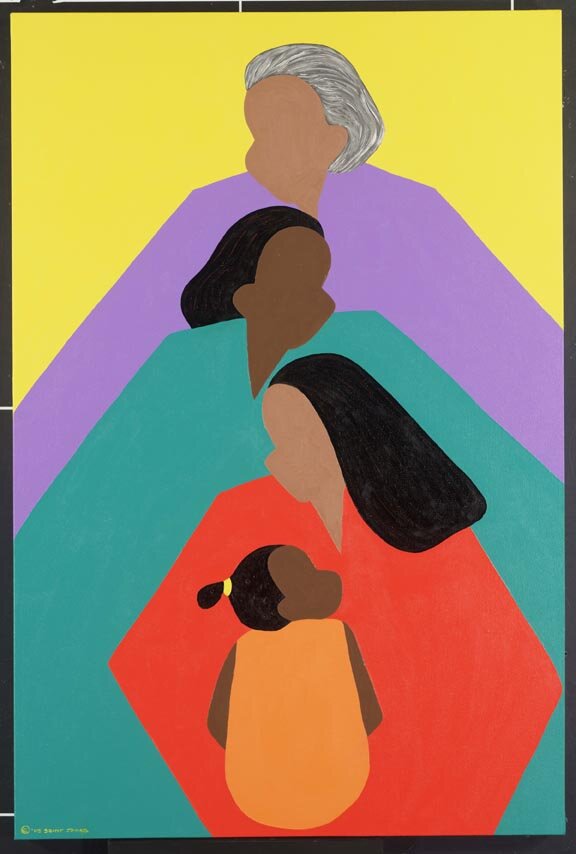
Do you have other great ideas on how to make history? Tell me about them! Comment below.

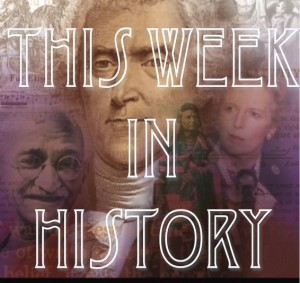 Why subscribe to This Week in History?
Why subscribe to This Week in History?
-
it makes learning fun
-
it provides correlated resources for co-ops, classrooms and family learning
-
it cultivates cultural literacy
-
it helps fill in the gaps
-
it harmonizes with Unschooling, Charlotte Mason, Montessori, Trivium/Quadrivium, IEW, eclectic, classical, TJEd, and so on.


